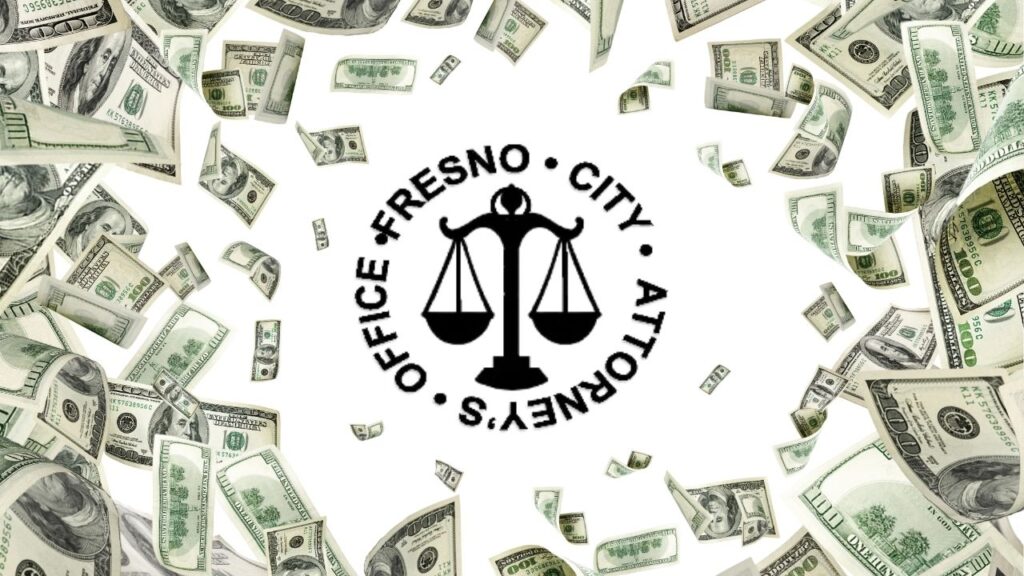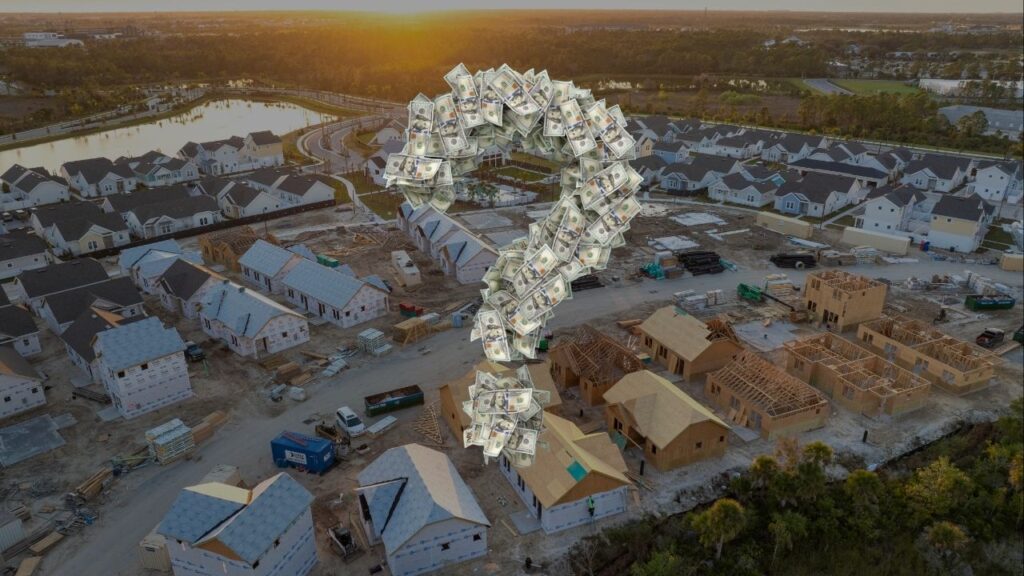Share
Madera Unified School District wants every one of its 20,000 students to have access to high-speed internet — no matter the family’s income level — and devices like Chromebooks to connect to it so they can keep learning at home during the COVID-19 outbreak.

“Our goal is to ensure that 100% of our families will have the ability to access digital content,” he said. “This is a lofty goal, and it might be unrealistic. However, we believe we can do it.”
Students will be able to have “distant learning” lessons that they can obtain from their teachers through the internet as well as packets provided by teachers who will keep in touch with them and their families, Lile said.
Who Has Internet Now
The district is in the process of surveying families to determine who already has high-speed internet access, he said.
Staff developed an automated poll with a single question about high-speed internet access, said Babatunde Ilori, executive director of accountability and communications.
By midday Thursday about 20% of parents had completed the survey, he said.
Even though 90% of Madera Unified students are from low-income families and qualify for free and reduced-price meals, Ilori said, 80% of the students have reported having high-speed internet at home.
Those who don’t will have an opportunity to hook up to the internet for free, he said.
Helping Make Connections
Many service providers, including Comcast Xfinity and Spectrum, are providing high-speed internet free to low-income families nationwide so students can continue their schoolwork while schools are closed in an effort to contain the highly-contagious virus.
Today we announced a comprehensive COVID-19 response to help keep Americans connected to the Internet: offering free unlimited data, opening @Xfinity WiFi network nationally for free, waiving late fees, and helping low-income families get connected. https://t.co/aAXLehj8Bu
— Comcast (@comcast) March 13, 2020
Families who live within those providers’ services areas can contact the companies about obtaining a free loaner modem and hooking up internet access, Ilori said.
Those in more remote areas of the district can obtain a “hot spot” from the service provider. The few students who live in the most remote areas might need extra help to access the internet, he said.
Parents Unaware of Free Internet
Ilori said many parents are still unaware that they can get free internet. Language might be a barrier to learning about what’s available.
Districtwide, there are about 9,000 households for the 20,000 students, he said.
Many are Spanish-speaking, which is why the district issues many news releases and updates in English and Spanish.
But much information, include Lile’s video message, is in English.
“That’s why the internet is so important,” Ilori said. “We assume, oh, it’s on TV, or oh, the president said it or whatever, that everyone hears everything. And they don’t. So we’ve been working really hard to ensure all our families receive our communications.”
Types of Lessons Still TBD
The district will provide Chromebooks to students who don’t already have their own devices so they can access their online curriculum.
Students shouldn’t expect to pick up with their lessons where they left off last week before the schools were closed, Ilori said. The framework for distance learning and how to present lessons is still a work in progress.
But even though they will be working independently — some for the first time in their lives — students aren’t going to be out there on their own either, he said.
Teachers will stay in regular contact and will have an eye on what their students are doing with their assignments.
“We’re going to monitor, and we’re going to follow up, and we’re going to give them a little nudge too,” Ilori said. “That’s going to be critically important. We’re not going to just disappear. We’re going to be working, but in a virtual manner.”



















